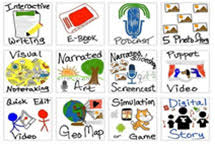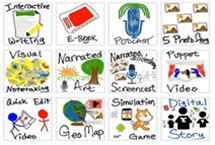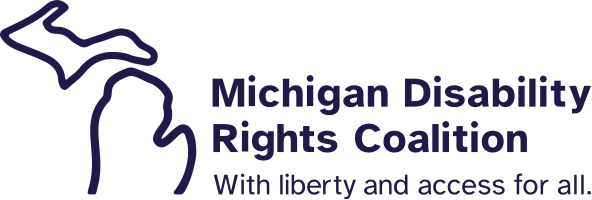Universal Design in Learning
Tuesday, April 10, 2018

by MATP Staffer Laura Hall
The term “universal design” has been around for quite some time. Universal design refers to the idea that if structures are built to accommodate a particular group, say, people with disabilities, they also accommodate the rest of the population. Power doors, for example, help people with disabilities navigate entryways, but they also help people with strollers, older adults, delivery people, etc.
This same idea is now being applied in education through Universal Design in Learning (UDL) Did you know that learning styles can be as unique to a person as their fingerprint? The idea behind UDL is to make goals, methods, materials, and assessments accessible to every learner.
 Taking into consideration diverse learning skills, this may mean that goals for a particular piece of the curriculum are expressly stated, written, or perhaps the student can develop his or her own goals. Perhaps the method of teaching could vary with written instructions, verbal instructions, the use of pictures, video or other types of media, hands-on experience, etc. The assignment a student turns in may not be something written. A model or diagram, video or music, picture, podcast or oral story are just a few of the ways that learning can be demonstrated.
Taking into consideration diverse learning skills, this may mean that goals for a particular piece of the curriculum are expressly stated, written, or perhaps the student can develop his or her own goals. Perhaps the method of teaching could vary with written instructions, verbal instructions, the use of pictures, video or other types of media, hands-on experience, etc. The assignment a student turns in may not be something written. A model or diagram, video or music, picture, podcast or oral story are just a few of the ways that learning can be demonstrated.
So how does this relate to assistive technology? Just as power doors assist more than just people with disabilities, I believe that assistive technology in the classroom can assist all students, not just those with disabilities. Photos that are described using alt-text, traditionally used by people with visual disabilities, could help any student who may be more of an auditory learner, as could audiobooks and textbooks.

Pen Friend
I recently attended a conference session where the presenter was discussing UDL. He gave an example of UDL in a college course. For this course, the professor chose 4-5 students to submit their class notes to be scanned and uploaded to an online system that all of the students could access. Some students took copious notes, some used outlines, some drew very detailed graphics, and another chose to highlight keywords. All of these different styles of note taking could then be accessed by students with different learning styles. Imagine if notes could also be taken with the Livescribe Pen, which records audio and synchronizes it with the text written, then accessed by all students. What if the Pen Friend, an audio labeling device, was used to help students learn the parts of the human body? Test questions could be read with the labeler and answers given in writing, auditorily, or by demonstration.
It should be noted, however, that UDL should not replace accommodations or specific assistive technology need by students with disabilities in the classroom. UDL provides the opportunity for AT to be used in a broader sense, but each student should be assessed for their individual needs and be provided accommodations or technology that meets those needs.
Personally, I know that I am an auditory learner, one that takes detailed notes, and expresses myself best through writing. What type of learner are you? What do you think of Universal Design for Learning?

